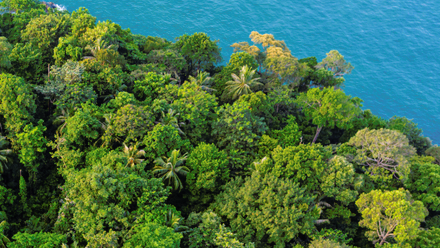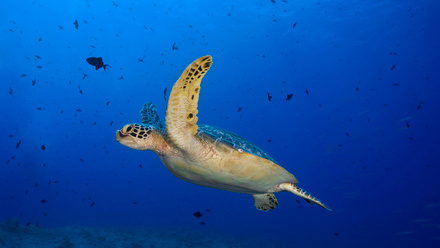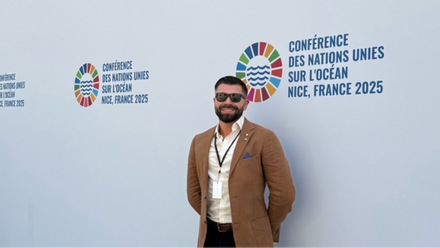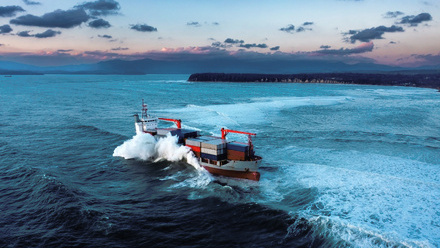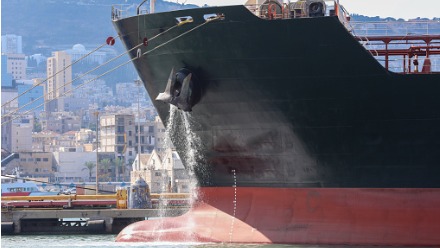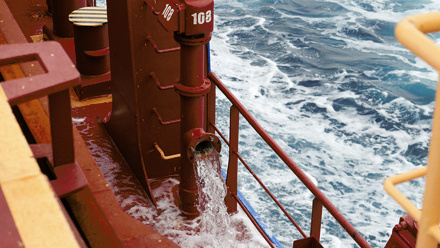Marine life vital in the fight against COVID-19
Ocean sponges, microbes, crabs, and other marine life are vital to the pharmaceutical industry’s response to COVID-19 and an array of other deadly viruses and diseases. Yet, balancing discovery with conservation is a big concern. Words / Amy McLellan
As scientists around the world race to find a vaccine or treatment for COVID-19, some are looking to the seabed.
Evolutionary history means marine micro-organisms are more diversified than their terrestrial counterparts, making the other-worldly creatures and microbes that live in our oceans a rich resource of potent enzymes and compounds that could form the basis of future medicines.
In 2012, for example, when the deadly MERS coronavirus emerged with a mortality rate of 35 per cent, scientists found that lectin, a type of carbohydrate-binding protein, isolated from the red marine algae Griffithsia was a powerful inhibitor of infection.
The compound has since been found to be a promising antiviral for the treatment of HIV and other viruses, such as Ebola, herpes and hepatitis.
Now researchers from the University of Pittsburgh and the University of Louisville are making a molecule called Q-griffithsin, using Griffithsia and Nicotiana benthamiana, a plant in the same family as tobacco plants, to develop a nasal spray that will help protect frontline workers from COVID-19 infection.
Containing the pandemic means countries need to rapidly test for SARS-Cov-2 infection and here, too, our oceans are key.
Marine microbe virus diagnostics
An enzyme isolated from a microbe found in marine hydrothermal vents in the deep ocean is used in the diagnostic tool for COVID-19, as well as others such as AIDS and SARS. Able to remain stable at extreme temperatures and pressures, these enzymes made it possible to develop the polymerase chain reaction (PCR) that underpins the COVID-19 swab test.
The medical potential of our little-explored oceans was recognised long before the emergence of SARS-CoV-2 in late 2019.
The medical wonder of sea sponges
Sponges, spineless filter-feeders that can be found all over the world’s oceans, have been described as a “drug treasure house” because of the tens of thousands of compounds they generate: every year around 5,300 different natural products and compounds are isolated from the more than 8,000 known species of sponges.
Lacking physical defences, the immobile marine sponge is easy fodder for fish and turtles, which means they have developed a wide array of defensive chemicals to deter predators and parasites. These bioactive substances have antibacterial, antiviral, antifungal, antimalarial, muscle relaxant and anti-inflammatory activities.
They can be used as agents against cancer, microbial infections, inflammation, and other diseases. The first HIV treatment, AZT, was modelled on compounds found in Tectitethya crypta, a sea sponge common in Florida, while Halaven, a treatment for advanced breast cancer, was derived from a compound in the marine breadcrumb sponge Halichondria, which is found in the North Atlantic, Mediterranean and New Zealand. The ocean sponge axinella corrugata, found in the Caribbean, is another coronavirus inhibitor.
It’s not just micro-organisms and sessile organisms that are proving helpful to the pharmaceutical industry. The venom of the cone snail, for example, is being used to treat severe chronic pain. Directly administered to the spinal cord, the snail’s conotoxin is 1,000 times more potent than morphine but without any issues of dependence.
Crabs’ blood underpins medicine safety
Then there are horseshoe crabs, which for decades have been “milked” for their pale blue blood, which chemically reacts to harmful substances and is used to test if new medicines are safe.
Up to half a million crabs a year are milked in this way, before being released back into the wild. Campaigners are worried, however, that the process is harmful to the crabs, with possibly up to 30 per cent of the crabs dying from the extraction. There are synthetic alternatives now available but these have not been approved in the US, which means the roll-out of a coronavirus vaccine there will still depend on these crustaceans.
Could Antarctic marine life treat skin cancer?
Even the harshest of environments host a potential pharmaceutical bounty. The microbiome of an Antarctic ascidian – primitive, sac-like marine animals – called Synoicum adareanum is thought to hold the key to treating melanoma, the most dangerous type of skin cancer. Synoicum adareanum contain a bioactive compound called Palmerolide A with promising anti-melanoma properties. Scientists hope to cultivate it in a laboratory to avoid harvesting wild populations from the pristine ecosystem of Antarctica.
This need to balance discovery with conservation is a big concern. With more than 80 per cent of the ocean unmapped, there’s huge potential for further ground-breaking discoveries that could transform modern medicine. However, limited supply is already acting as a brake on drug discovery: the bioactive compounds in sponges, for example, are often present in minute amounts in sponge tissue yet the organisms themselves are under threat. Rising ocean temperatures, marine pollution, bottom trawling and deep-sea mining mean many marine ecosystems are at risk, creating real worries that this vast underwater medicine cabinet will be lost before it is even understood.

Amy McLellan is a freelance writer, editor, and author.
Read more:
Marine Sponges as a Drug Treasure, Biomolecules and Therapeutics

